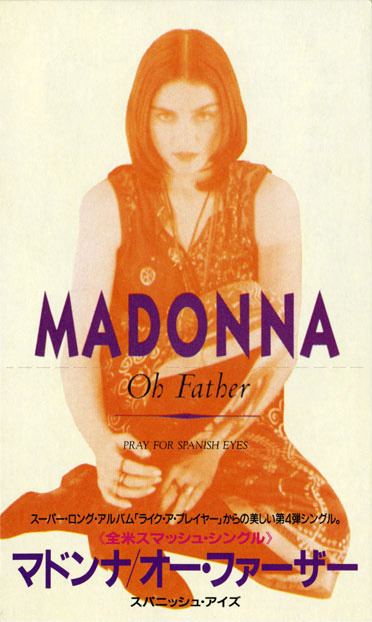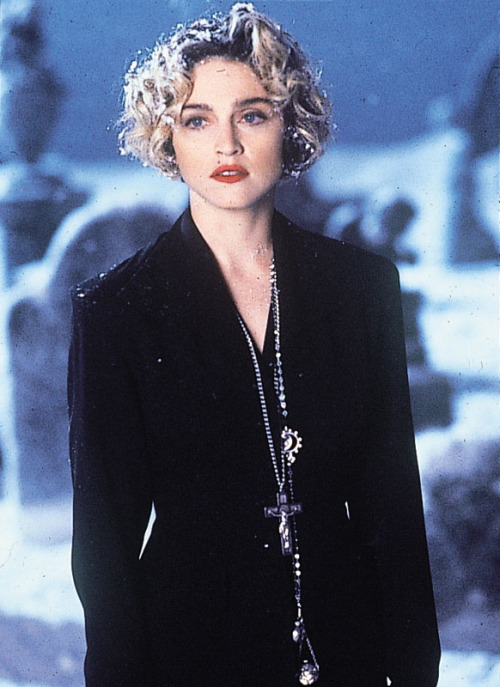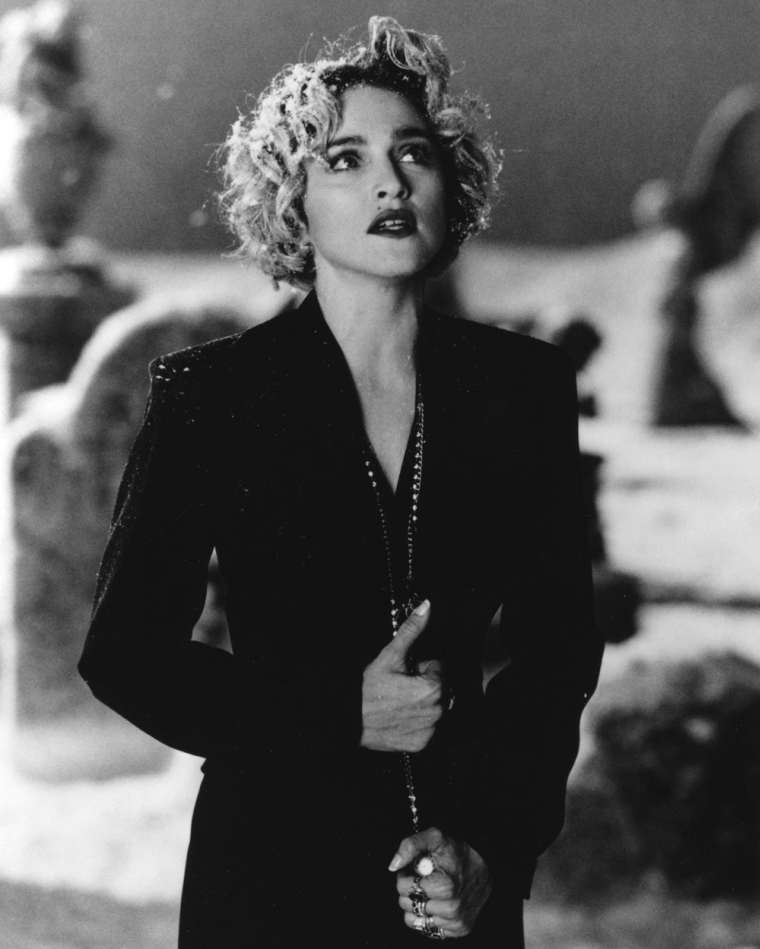
Oh Father
Released: October 25, 1989
Billboard Hot 100 Peak: 20
Accompanied by a stunning black and white music
video, the haunting ballad "Oh Father" was the fourth single from the
"Like a Prayer" album. At the time, "Oh Father" had the
unfortunate honor of becoming Madonna’s first single, since "Holiday"
in 1984, not to enter the top ten in the United States, peaking at number 20 on
the week of December 30, 1989. This ended her streak of 16 consecutive top five
singles and 17 consecutive top ten singles including "Borderline"
(1984) through "Cherish" (1989) as they all had reached the top
10.
"Oh Father" was not released as a single in
most European territories until December 24, 1995, when it appeared on
Madonna's 1995 compilation album Something to Remember. The 1995 single was
released with different tracklisting and artwork which included a photography
still from the 1989 music video. The song debuted and peaked at number 16 on
the UK Singles Chart on January 6, 1996. It became the third single of her
career to miss the top-ten position in the United Kingdom, after "Lucky
Star" (1984) and "Take a Bow" (1994).

Generally accepted by critics and academics as a love
letter to Tony Ciccone or as an indictment, Madonna never divulged her
inspiration behind "Oh Father", except saying that the song was about
her father and a tribute to Simon & Garfunkel. She added, "The song is what
the listener thinks it is, all open to interpretation. I just wrote the song,
it's up to others to interpret them to mean what they want them to mean. "'Oh Father' is like the second half of 'Live to
Tell', in a way. It was a combo package—it was about my father and my husband.
I was dealing with male authority figures once again. That is a great source of
inspiration in my writing."
—Madonna talking about the song to Craig Rosen,
author of The Billboard Book of Number One Albums
"Typical Fincher features are present: black and white, shadows,
leisurely camera movement, extreme high angles, and some slow motion. A black
and white setting dissolves between shots, creating a sense of fluidity between
scenes and images, and many scenes are shot in snow, particularly the
reverse-tracking shot in the opening from the snowscape into the house.
However, the child-centered narrative in which trauma in childhood supposedly
affects the life of an adult is not visually coherent."
—Browning talking about the music video in his book, David
Fincher: Films That Scar






I was always surprised that she released this song as a single. I suspect she had the video in mind when she wrote and recorded the song. To me personally, the song doesn't work without the video, and I'm not surprised that it didn't chart well. But together, the song and video are an incredible artistic statement.
ReplyDeleteI agree. I think the video is a masterpiece, right up there with Vogue and Express Yourself. The song definitely did not sound like a hit back in 1989. If it were released today, with Adele, Amy Whinehouse and Lana Delray, I feel that it would make a bigger impact on the charts than it did back then.
ReplyDeleteI'm surprised her management did not release 'Till Death Do Us Part' or even 'Love Song' instead. But I guess Madonna wanted to show another side to her song writing craft as she wanted to do with the 'Bedtimes Stories' album, by releasing 'Bedtime Story' and 'Human Nature' instead of the obvious hits 'Don't Stop' and 'Forbidden Love'. Good for her I guess.
I wish she would've combined the "radio friendly" singles with the artistic video, under-performing singles, maybe as Double A singles. Don't Stop or Keep It Together would've kept her radio presence and Billboard records intact with the "A Side," while the videos she wanted to produce could've promoted the "B side."
ReplyDelete